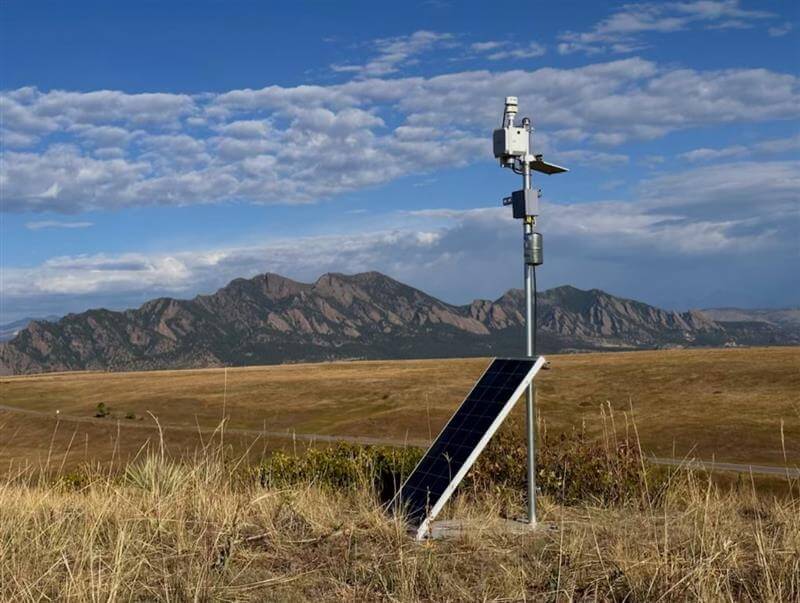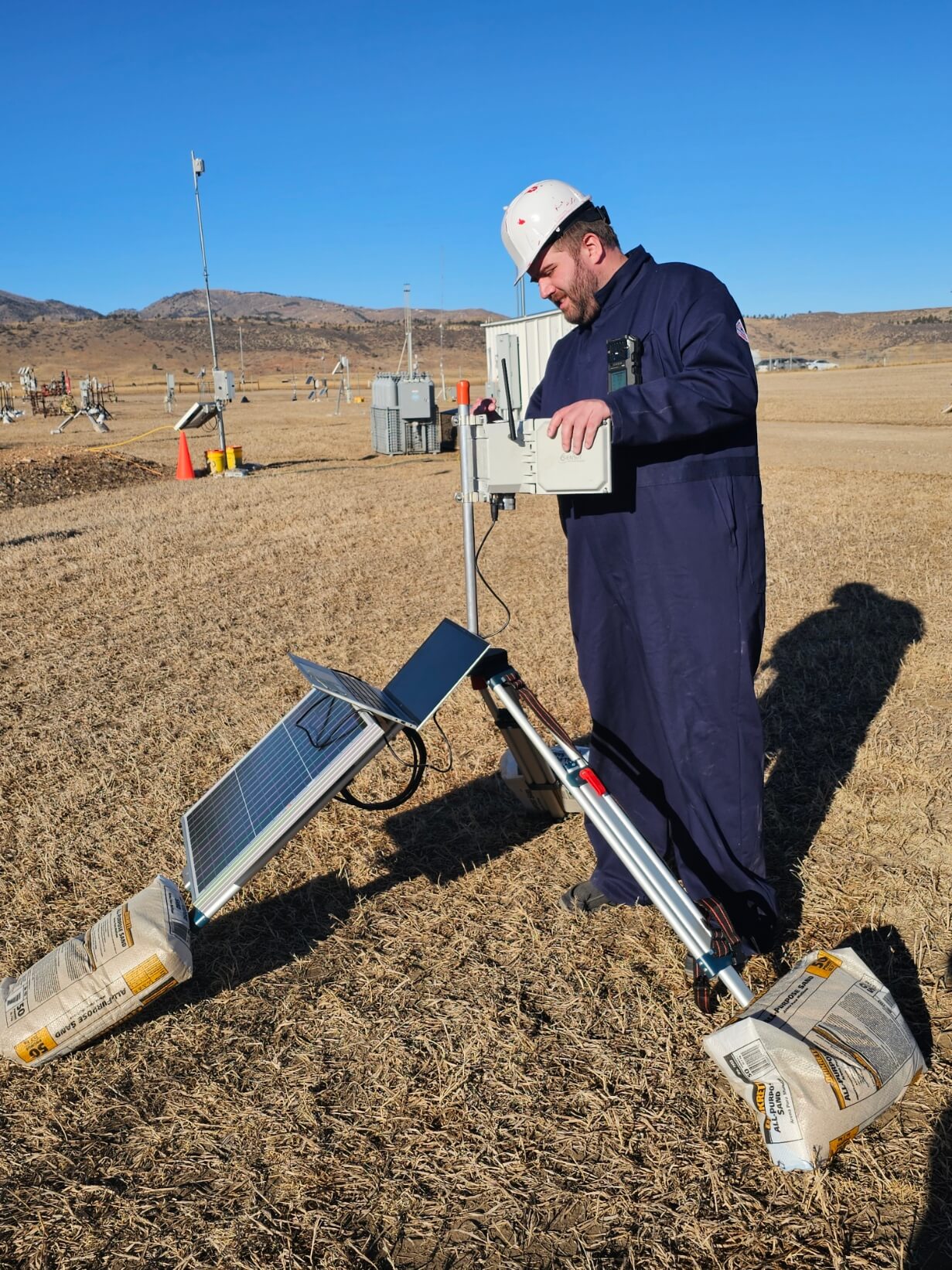From streets to skylines, Minnesota uses SENSIT SPODs and CVCs to target VOCs—delivering precise air data to protect communities and public health.
To improve air quality surveillance in urban environments, the State of Minnesota has launched a citywide monitoring initiative across Minneapolis using SENSIT’s SPOD sensors and Canister Valve Controllers (CVCs). This deployment aims to support the state’s public health and environmental protection goals by providing real-time visibility into volatile organic compound (VOC) levels. By combining continuous VOC monitoring with event-triggered canister sampling, the system provides detailed, defensible data that meets regulatory expectations.
The SPOD system uses a photoionization detector to track VOC concentrations 24/7, while the integrated CVC enables remote, automated sample collection when elevated levels are detected. These canisters are then sent for lab analysis, linking continuous monitoring with precise source identification and chemical speciation. The technology also applies a moving average to stabilize sensor data and filters out short-term noise, enhancing the clarity of emission events.
This project demonstrates how advanced, field-proven tools like SPOD and CVC can strengthen environmental decision-making at the city level. With real-time alerts, automated sample capture, and high-resolution data, Minnesota is setting a model for urban air monitoring that supports community health and regulatory compliance. The initiative reflects a growing trend of using smart environmental technology to build cleaner, more informed cities.




